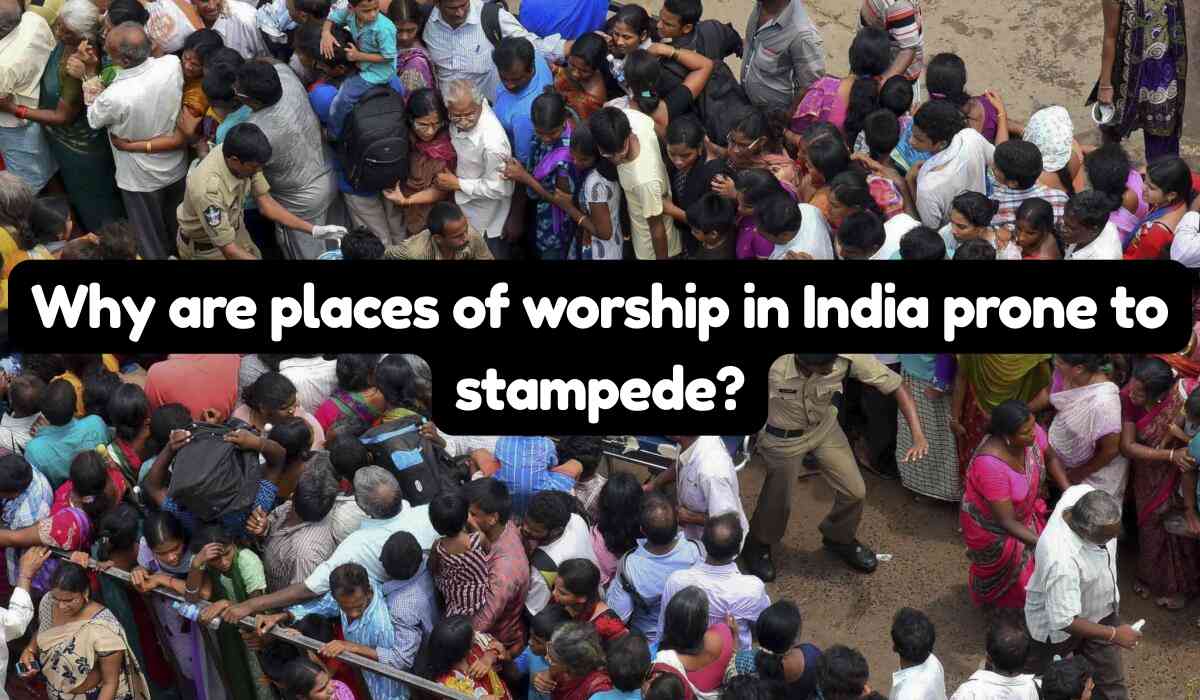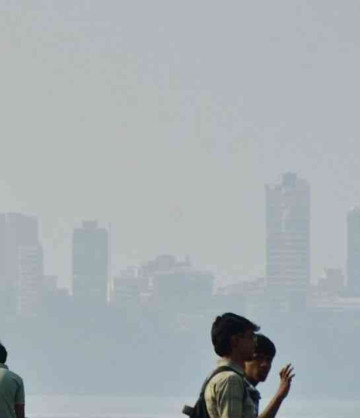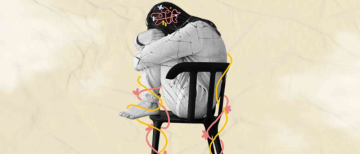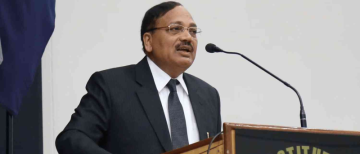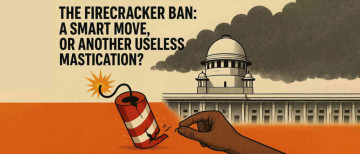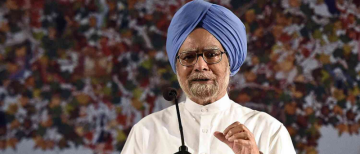India, a land where faith moves millions, has long celebrated its spiritual traditions through massive public gatherings—festivals, yatras, melas, and temple congregations that draw devotees in the lakhs. Yet, in the shadow of devotion lies a grim and repeated tragedy: stampedes. In recent years, and particularly throughout 2025, India has witnessed a surge in deadly crowd crushes, claiming hundreds of lives.
On July 2 2024, a prayer meeting in Hathras, Uttar Pradesh, left up to 120 devotees dead. Six months later, five separate surges—in Tirumala, Prayagraj, New Delhi, Goa and Bengaluru—killed 71 more people within the first half of 2025. Less than 24 hours after 6 devotees were crushed at Haridwar’s Mansa Devi temple, 2 more died in Barabanki.
Seven stampedes in seven months, and dozens of similar calamities over two decades, force an uncomfortable question: Why does India—home to some of humanity’s most transcendent pilgrimages—keep turning worship and celebration into catastrophe?
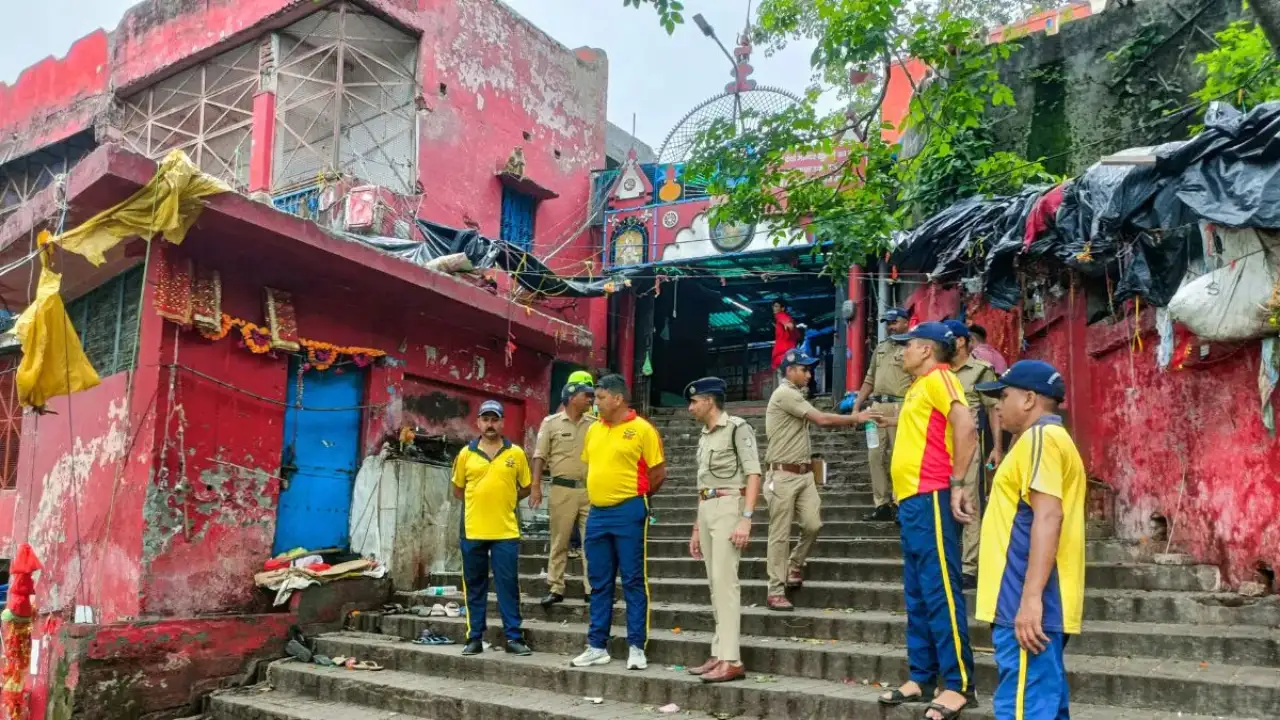
What Exactly Is a Stampede?
A stampede—or more accurately, a crowd crush—occurs when too many people are compressed into a confined space, triggering panic or uncontrolled movement. This leads to catastrophic pressure against the human body, often resulting in traumatic asphyxia, blunt force trauma, or fatal compression of vital organs. Victims may suffocate within seconds as people pile over one another.
Stampedes can be triggered by:
-
Overcrowding (typically more than 10 people per square meter)
-
Barriers blocking movement
-
Sudden opening of gates
-
Rumours or perceived threats
-
People slipping or fainting in dense crowds
According to crowd dynamics experts, two broad types of stampedes exist:
-
Unidirectional stampedes occur when the crowd is moving in one direction and hits a blockade or bottleneck, causing people at the back to continue pushing unaware that those ahead have stopped. The resulting compression can lead to traumatic asphyxia, falls, and pile-ups.
-
Turbulent stampedes happen when two dense crowds intersect, or when a static group is panicked, often due to rumors or perceived threats. A single person’s fall, a shout, or even a rumor about a collapsing bridge can tip a calm gathering into chaos.
Once cooperation breaks down in a crowd, people resort to individual survival instincts, leading to crushes, trampling, and fatalities.
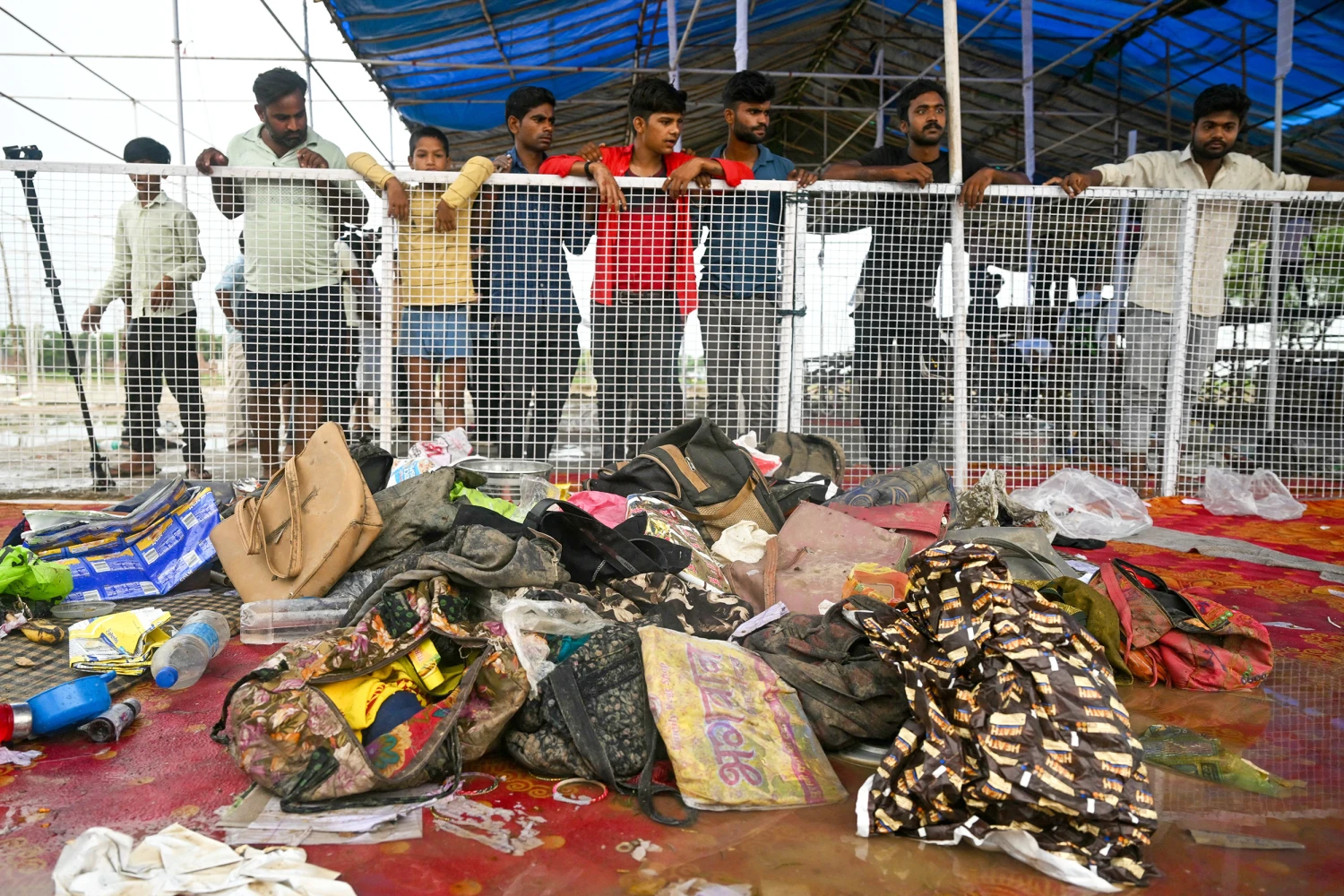
Timeline of India’s Most Devastating Stampedes (1954–2025)
Stampedes in India have left a long trail of devastation, particularly during religious events. These tragedies are not isolated accidents but recurring disasters tied to a lethal mix of overcrowding, inadequate infrastructure, and poor planning. Below is a comprehensive timeline of the major stampede incidents over the decades.
1954 – Kumbh Mela, Allahabad (now Prayagraj), Uttar Pradesh
-
Casualties: ~800 dead
-
Cause: Collapse of crowd-control barriers during a religious procession
-
Significance: India's deadliest stampede and the first major tragedy post-Independence. Overcrowding due to VIP movement and lack of crowd management infrastructure were to blame.
August 27, 2003 – Kumbh Mela, Nashik, Maharashtra
-
Casualties: 39 dead, ~140 injured
-
Cause: Stampede during holy bathing
-
Details: Crowd surge during a holy dip led to uncontrolled panic.
January 25, 2005 – Mandhardevi Temple, Satara, Maharashtra
-
Casualties: 340+ dead, hundreds injured
-
Cause: Slippery steps and overcrowding
-
Details: Steps became slick from coconut water. Devotees fell, were trampled, and chaos was intensified by insufficient crowd control and lack of emergency response.
August 3, 2008 – Naina Devi Temple, Bilaspur, Himachal Pradesh
-
Casualties: 162 dead, 47 injured
-
Cause: Rumours of rockslides
-
Details: Panic set off a rush toward exits, causing a deadly crush on the temple path.
September 30, 2008 – Chamunda Devi Temple, Jodhpur, Rajasthan
-
Casualties: ~250 dead, 60+ injured
-
Cause: Bomb rumour
-
Details: A sudden rumour of a blast caused mass panic during Navratri, resulting in a chaotic stampede.
March 4, 2010 – Ram Janki Temple, Pratapgarh, Uttar Pradesh
-
Casualties: 63 dead
-
Cause: Crowd rush during distribution of free food and clothes
-
Details: People surged forward at a charitable event hosted by a self-styled godman, leading to a crush.
January 14, 2011 – Sabarimala, Pulmedu, Kerala
-
Casualties: 104 dead, 40+ injured
-
Cause: Jeep crashed into pilgrims
-
Details: A vehicle ploughed into a returning group of pilgrims, triggering panic and deadly crushes on narrow forest roads.
November 8, 2011 – Har-ki-Pauri Ghat, Haridwar, Uttarakhand
-
Casualties: 20+ dead
-
Cause: Uncontrolled crowd surge during religious rituals on the Ganga bank
November 19, 2012 – Adalat Ghat, Patna, Bihar
-
Casualties: ~20 dead
-
Cause: Collapse of a makeshift bridge during Chhath Puja
-
Details: Bridge collapse led to a panicked stampede near the riverbank.
October 13, 2013 – Ratangarh Temple, Datia, Madhya Pradesh
-
Casualties: 115 dead, 100+ injured
-
Cause: Rumours of bridge collapse during Navratri
-
Details: Panic among pilgrims crossing a river bridge triggered mass trampling.
October 3, 2014 – Gandhi Maidan, Patna, Bihar
-
Casualties: 32 dead, 26 injured
-
Cause: Post-Dussehra rush
-
Details: The crowd tried to exit simultaneously through limited routes after the celebrations.
July 14, 2015 – Godavari Pushkaram, Rajahmundry, Andhra Pradesh
-
Casualties: 27 dead, 20 injured
-
Cause: Stampede at a holy river bathing point
-
Details: Overcrowding on the opening day led to a rush, with inadequate crowd separation measures.
January 1, 2022 – Mata Vaishno Devi Shrine, Jammu and Kashmir
-
Casualties: 12 dead, 13+ injured
-
Cause: Heavy rush on New Year’s Day
-
Details: Pilgrims rushing for darshan collided in a narrow corridor.
March 31, 2023 – Beleshwar Mahadev Jhulelal Temple, Indore, Madhya Pradesh
-
Casualties: 36 dead
-
Cause: Collapse of slab above ancient stepwell during a ‘havan’
-
Details: The roof gave way under a large congregation during Ram Navami festivities.
July 2, 2024 – Hathras, Uttar Pradesh
-
Casualties: 100–120 dead
-
Cause: Stampede during a satsang by godman Bhole Baba
-
Details: Narrow exit paths and overwhelming crowds at a religious sermon turned fatal.
December 4, 2024 – Sandhya Theatre, Hyderabad, Telangana
-
Casualties: 1 dead, 1 injured
-
Cause: Stampede during the screening of Pushpa 2
-
Details: Though not religious, the frenzied crowd to watch a film led to a crush-like situation.
January 8, 2025 – Lord Venkateswara Temple, Tirumala Hills, Andhra Pradesh
-
Casualties: 6 dead, dozens injured
-
Cause: Rush for Vaikunta Dwara Darshanam tickets
-
Details: The surge of devotees caused fatal pushing and jostling.
January 29, 2025 – Maha Kumbh Mela, Prayagraj, Uttar Pradesh
-
Casualties: 30 dead, 60 injured
-
Cause: Overcrowding near the Sangam during Amrit Snan
-
Details: One of the worst tragedies in recent Kumbh history. Inadequate planning for the massive turnout on Mauni Amavasya.
February 15, 2025 – New Delhi Railway Station
-
Casualties: 18 dead
-
Cause: Stampede at a congested platform
-
Details: Returning Kumbh pilgrims collided in the overcrowded terminal while trying to board trains.
May 3, 2025 – Devi Lairai Jatra, Shirgao, Goa
-
Casualties: 6 dead, ~100 injured
-
Cause: Rush on narrow village lanes
-
Details: Annual festival drew thousands into tight alleys, with no crowd dispersal measures in place.
June 5, 2025 – Chinnaswamy Stadium, Bengaluru, Karnataka
-
Casualties: 11 dead, 33 injured
-
Cause: Stampede during RCB IPL victory celebration
-
Details: Around 2–3 lakh fans gathered around a stadium built for 35,000. Lack of crowd barriers and limited entry points led to panic and crushes.
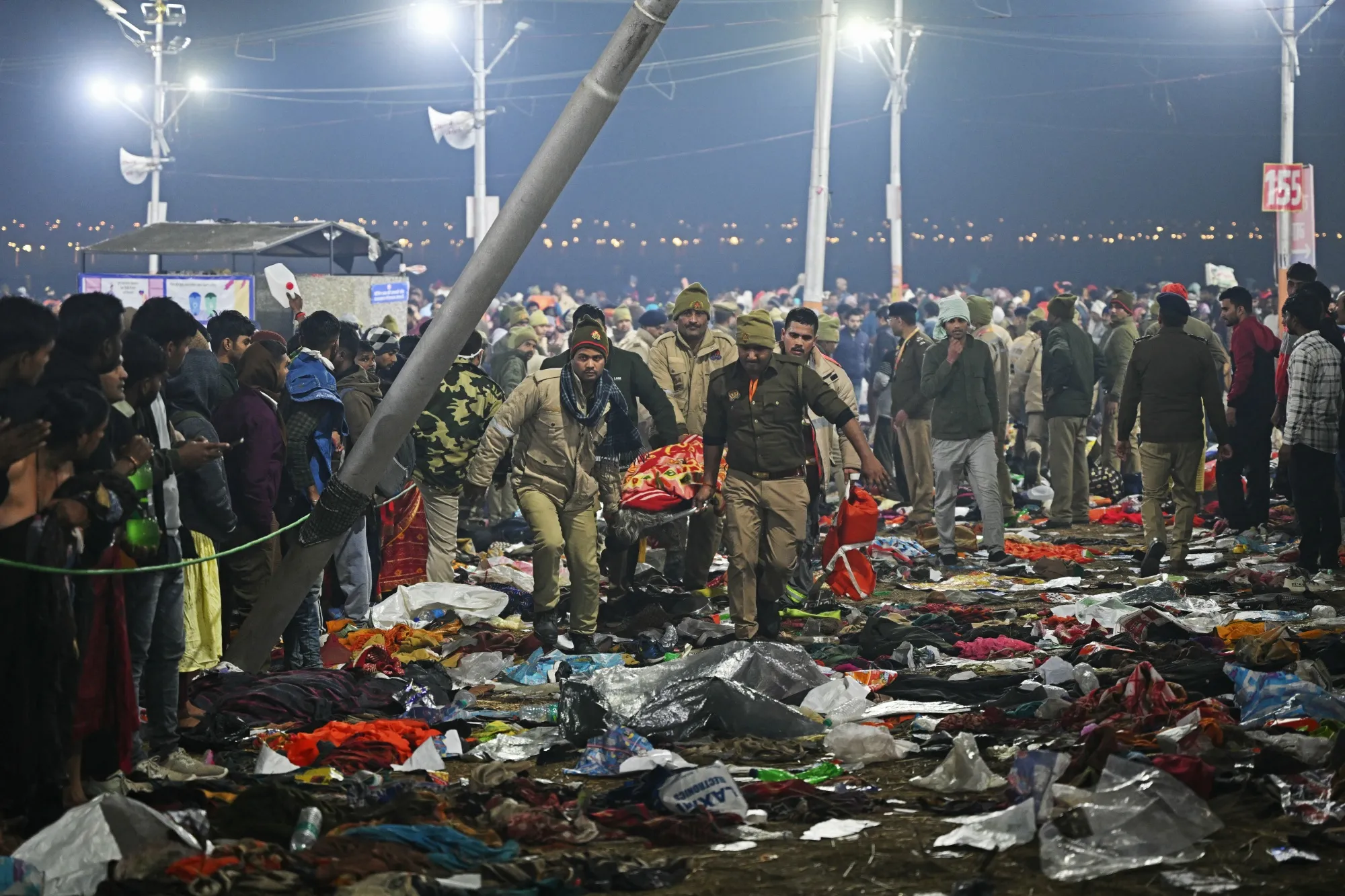
Pilgrimage in Hindu Life—Faith, Commerce & Politics Intertwined
Hindu tirtha yatra treats geography as theology: a river confluence, a mountain cave, a hilltop shrine is the blessing. Unlike tightly scripted Hajj circuits or the European Camino’s fixed routes, Indian pilgrimages erupt from everywhere at once—roads, rails, footpaths, even rivers themselves.
-
Social equaliser: caste and class blur inside the sea of pilgrims.
-
Economic engine: hotels, hawkers, transporters and artisans survive on these surges.
-
Political stage: leaders from the BJP to the Opposition plant flags of religious nationalism, often overriding safety advisories.
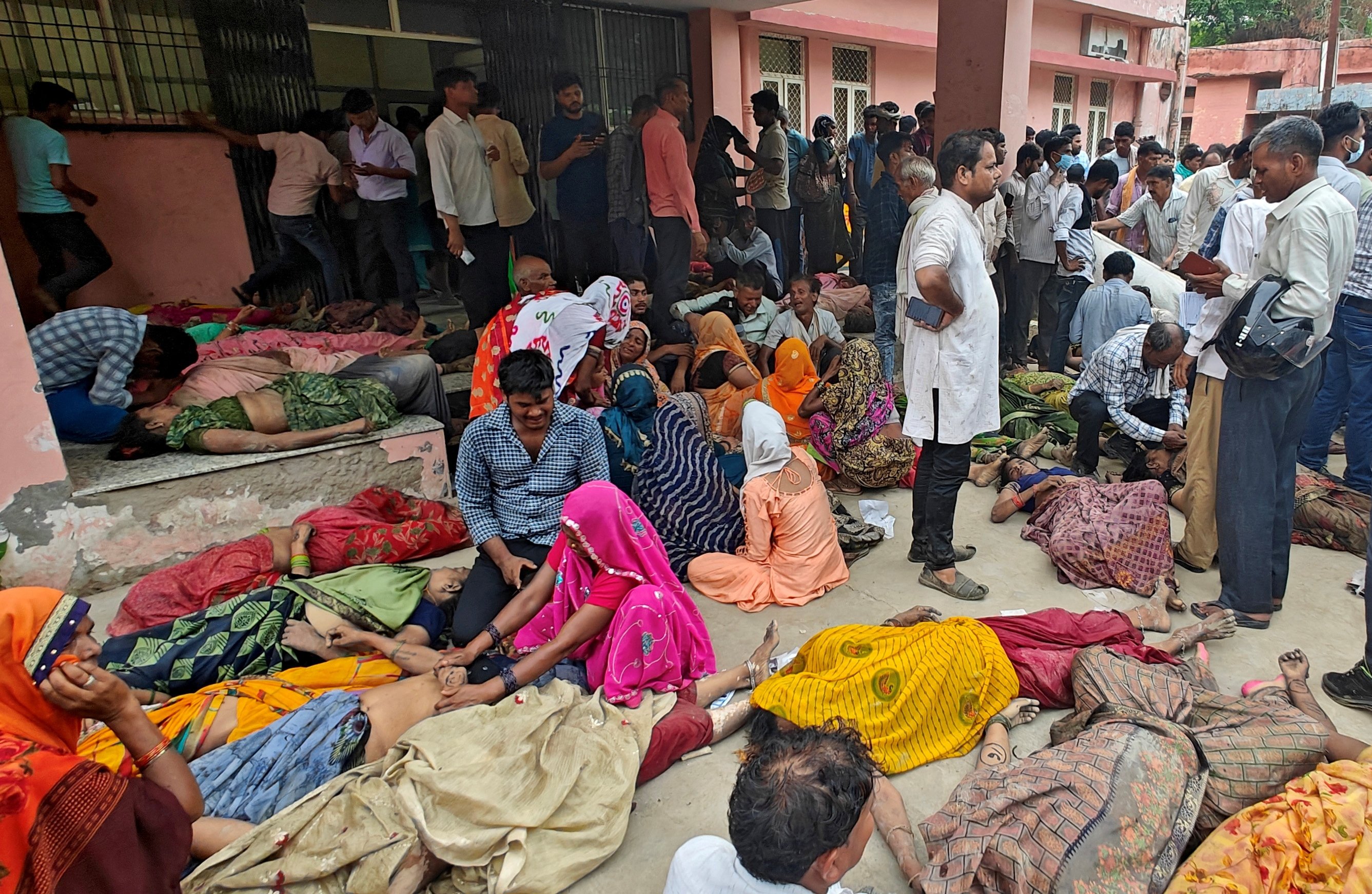
But why are temples and festivals so vulnerable?
-
Geographical Constraints: Many temples are located on hilltops, riverbanks, or remote forest paths, offering little room for expansion or emergency access.
-
Overcrowding Tolerance: Indian society has a high tolerance for crowded environments. Devotees willingly pack into tight spaces to get a glimpse of the deity or participate in rituals, often ignoring basic safety cues.
-
Lack of Infrastructure: Most venues lack defined entry-exit routes, emergency exits, slip-resistant flooring, and barrier-free passageways. Makeshift stalls often spring up, worsening bottlenecks.
-
Inadequate Policing: Often, a handful of security personnel are expected to manage lakhs of people. For example, during the 2005 Mandhardevi stampede, only 300 policemen were deployed for an expected crowd in the lakhs.
-
Religious Traditions: Customs like rushing toward offerings, breaking coconuts, or holy dips foster disorder. In 2005, coconut water made temple steps slippery, causing fatal falls and igniting the Mandhardevi stampede.
-
Political Spectacle: Mega‑events like the Maha Kumbh Mela double as vote‑magnet spectacles; authorities fear backlash if they cap attendance or restrict VIP processions.
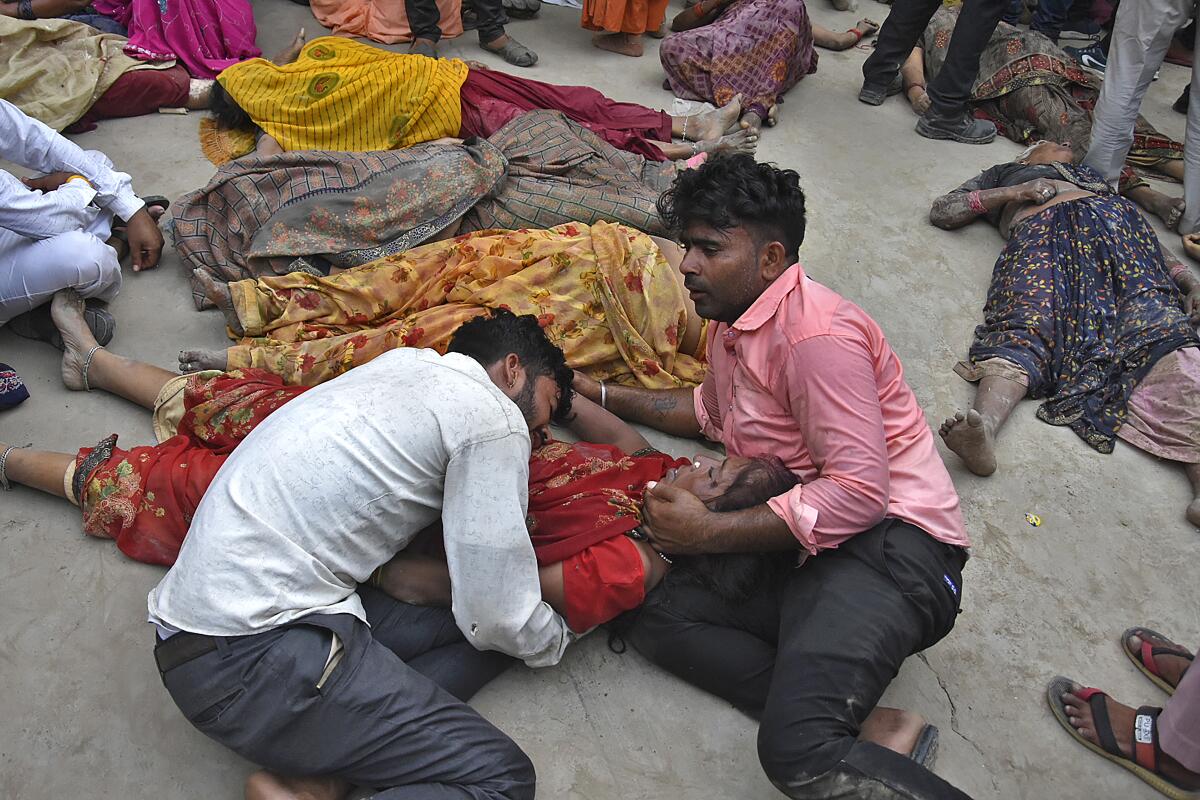
The Way Forward: Preventing the Preventable
Experts agree—stampedes are preventable. Here’s what needs to change:
1. Capacity Planning: Authorities must strictly enforce limits on the number of attendees based on venue size. This includes ticketing systems and pre-registration to avoid overcrowding.
2. Infrastructure Upgrade: Many pilgrimage sites need wider approach roads, dedicated pedestrian lanes, clear entry-exit demarcation, and evacuation routes.
3. Real-Time Surveillance: Deploy CCTV networks, AI-based crowd analysis, and drone monitoring to detect early signs of bottlenecks and distress.
4. Trained Security and Medical Teams: Ensure the deployment of trained police, medical teams, and firefighters, particularly in high-risk areas. Quick-response teams and on-site trauma units should be mandatory.
5. Public Communication: Robust PA systems must be installed to dispel rumors and direct crowd movement in real-time.
6. Legal Accountability: Authorities and organizers should be held legally accountable for violations of safety norms. An independent stampede inquiry board can ensure transparency and accountability.
7. Mock Drills and Simulations: Drills for large-scale events will prepare both officials and the public.
8. Ban Hazardous Temporary Stalls: Stalls storing flammables (like LPG) must be barred near high-density zones.
Time to Choose Life Over Laxity
From the 1954 Kumbh crush to the 2025 IPL victory parade, the pattern is painfully predictable. Faith may move mountains, but it must not bury lives under its weight.
India can honour its ancient pilgrim soul and embrace modern crowd science, if only leaders replace condolence‑cheques with concrete action. Every barrier rebuilt, every exit widened, every rumour quelled by a loudspeaker is a life saved.
Until then, each chant of “Har Har Gange” or roar of “RCB! RCB!” will carry an undertone of dread. The choice—to turn collective ecstasy into ordered safety—belongs to this generation of planners, police, priests and politicians. Let us not wait for the next headline to find the will to act.
With inputs from agencies
Image Source: Multiple agencies
© Copyright 2025. All Rights Reserved Powered by Vygr Media.

